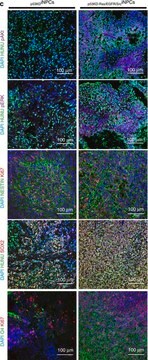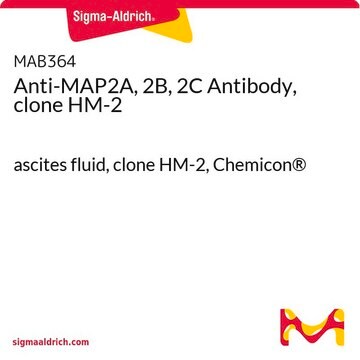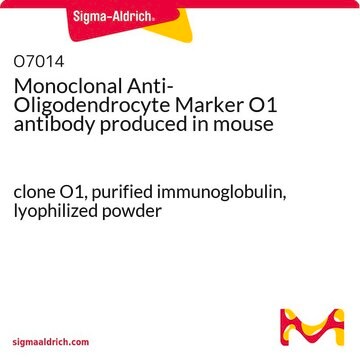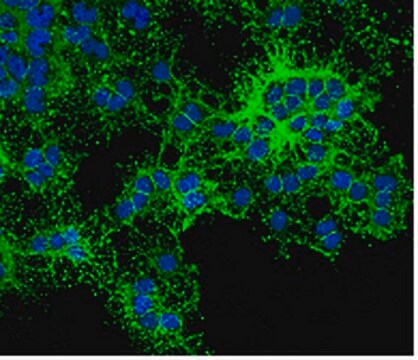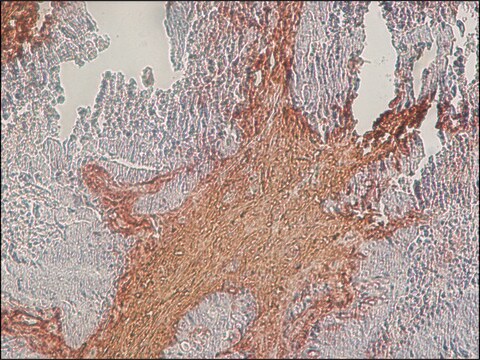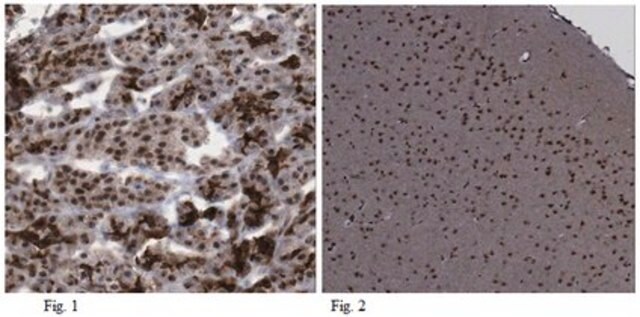MAB344
Anti-O1 Antibody, clone 59
clone 59, Chemicon®, from mouse
About This Item
Produtos recomendados
fonte biológica
mouse
Nível de qualidade
forma do anticorpo
saturated ammonium sulfate (SAS) precipitated
clone
59, monoclonal
reatividade de espécies
chicken, rat, mouse, human
fabricante/nome comercial
Chemicon®
técnica(s)
immunohistochemistry: suitable
Isotipo
IgM
Condições de expedição
wet ice
modificação pós-traducional do alvo
unmodified
Especificidade
Imunogênio
Aplicação
Note: 01 is a lipid which is released from the membrane by alcohol.
Optimal working dilutions must be determined by the end user.
Neuroscience
Neuronal & Glial Markers
forma física
Armazenamento e estabilidade
Nota de análise
Oligodendrocyte culture, Brain
Outras notas
Informações legais
Exoneração de responsabilidade
Código de classe de armazenamento
10 - Combustible liquids
Classe de risco de água (WGK)
WGK 2
Ponto de fulgor (°F)
Not applicable
Ponto de fulgor (°C)
Not applicable
Certificados de análise (COA)
Busque Certificados de análise (COA) digitando o Número do Lote do produto. Os números de lote e remessa podem ser encontrados no rótulo de um produto após a palavra “Lot” ou “Batch”.
Já possui este produto?
Encontre a documentação dos produtos que você adquiriu recentemente na biblioteca de documentos.
Artigos
Human iPSC neural differentiation media and protocols used to generate neural stem cells, neurons and glial cell types.
Protocolos
Step-by-step culture protocols for neural stem cell culture including NSC isolation, expansion, differentiation and characterization.
Nossa equipe de cientistas tem experiência em todas as áreas de pesquisa, incluindo Life Sciences, ciência de materiais, síntese química, cromatografia, química analítica e muitas outras.
Entre em contato com a assistência técnica